The Second World War is chock-full of iconic units, legendary heroes, and fantastic machinery, and for my money there’s nothing cooler than a really, really big tank. These mammoth machines saw combat the world over in the service of virtually every belligerent nation, fighting with varying levels of success and reliability, but all share one defining characteristic – they’re just plain cool! Something about the imposing bulk of such heavy industrial destruction appeals to our inner twelve-year-olds in a way that’s difficult to describe, but deep down, everyone loves a whacking great tank. Sadly, however, they’re often few and far between on the tabletop battlefields of Bolt Action – I’m here to try and fix that!
Let’s look at why you don’t see so many of these battlefield behemoths used in games. This is the bit where the ultra-competitive players will start screaming about ‘points efficiency’ and ‘dice count’, and to a certain extent, they’re right (within the cut and thrust of their particular arena). Big tanks (and when I say ‘big tanks’ I’m really talking about Heavy and Super-Heavy vehicles mounting a really powerful gun) cost a lot of points, and in the world of high-end competition where every single point is agonised over and every unit is optimised to the hilt, it can be difficult to justify such a lavish outlay of points. There is, however, a niche for them if well-handled in the competitive environment, as we shall presently see.
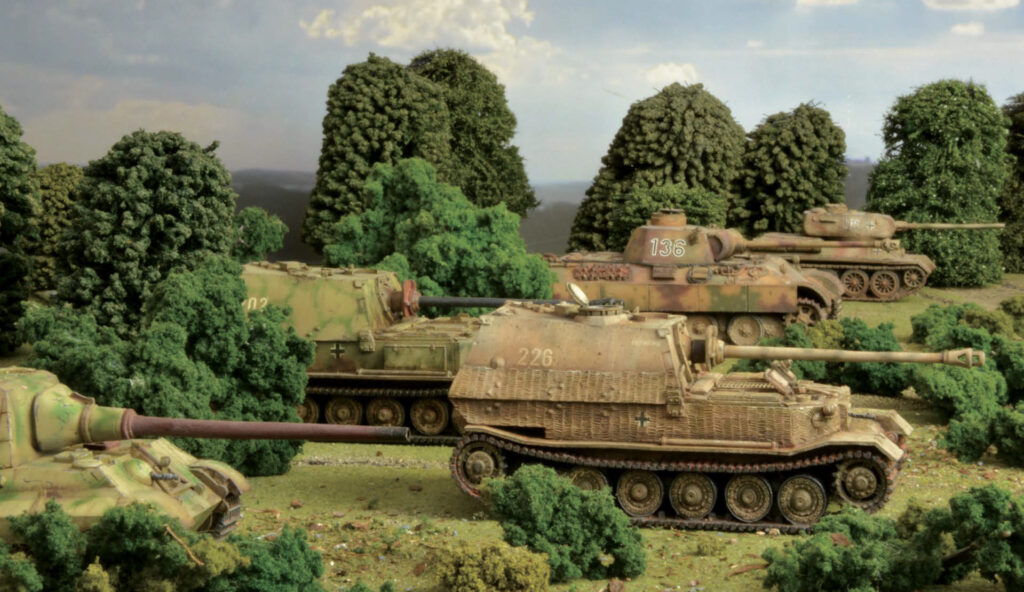
Similarly, in everyday games of Bolt Action, the sheer points cost of the largest tanks tends to see them passed over in favour of their more sensibly-sized cousins. This is a real shame, as they can make for some fantastic scenario-based gameplay – who doesn’t want to see if they can take down Tiger 131 in the desert or recreate Wittman’s (possibly apocryphal) rampage in Normandy? A personal favourite scenario of mine is a ‘what-if?’ revolving around the idea that the Germans managed to get the infamous Maus prototype working in a desperate last stand to defend its factory against the Soviets. The late war is absolutely packed with metal monstrosities of the heaviest kinds, from the later-model British Churchills and Comets and American Pershings to the Soviet IS and KV series, and the infamous ‘big cats’ of the Wehrmacht. As a primarily late-war German player, I never miss the opportunity to get my Jagdpanther or Tiger II on the table, and I’ve currently got the colossal Jagdtiger sat on my painting desk!
One of the great advantages of running the bigger tanks in Bolt Action is that it becomes very easy to have larger games without adding dozens of extra units – the high points cost is actually to their advantage here! They also seem to provide amazing moments in every single game, whether they go on a victorious rampage through your opponent’s army, or are let down by the dice gods and provide some comic relief – my Jagdpanther (repeatedly) failing to penetrate the rear armour of a Stuart from point-blank range springs to mind! They look absolutely amazing on the table to boot, and give you a real opportunity to flex your painting and modelling muscles on a great ‘centrepiece’ model.
The case for bringing out the properly heavy armour in competitive play is a little more nuanced, and as my regular tournament list includes a Tiger II – a Veteran one, no less – I’ve decided that I’m qualified to make it! The 666-point giant eats up two-thirds of my points in what is generally considered a standard tournament, and leaves me with a very small army indeed – usually no more than six or seven Order Dice in total. Conventional wisdom dictates that there’s no way I can win, and yet win I (occasionally!) do. I also manage a surprising amount of draws, particularly in missions that are decided on the number of units destroyed. The main reason for this (other than sheer blind luck) is that, in my experience, most competitive army lists are designed to fight other competitive lists, very few of which include hoofing great tanks! This means that dedicated anti-tank firepower is often somewhat lacking, while taking my big cat as a Veteran largely protects it from the age-old tactic of ‘Pin it until it goes away’. Flamethrowers are certainly still scary, but that’s true regardless of how big your tank is! This, coupled with the ‘fear factor’ of having a Super-Heavy Anti-Tank Gun pointed at their most valuable units, can often lead to opponents overcompensating and chucking absolutely everything and the kitchen sink at the heavy armour, while ignoring the rest of the army, which can run around causing problems and seizing objectives at will… well, that’s the theory, anyway! It doesn’t always go to plan, but when it does it’s a very satisfying feeling.
While not quite every nation can muster up a proper land-ship (sorry, Italy!), most can at least field a proper late-war behemoth, replete with an 11+ Damage Value and a Super-Heavy gun of some flavour. Used well, they can add a fantastic new dynamic to Bolt Action, and who knows – they might even win you a game or two!
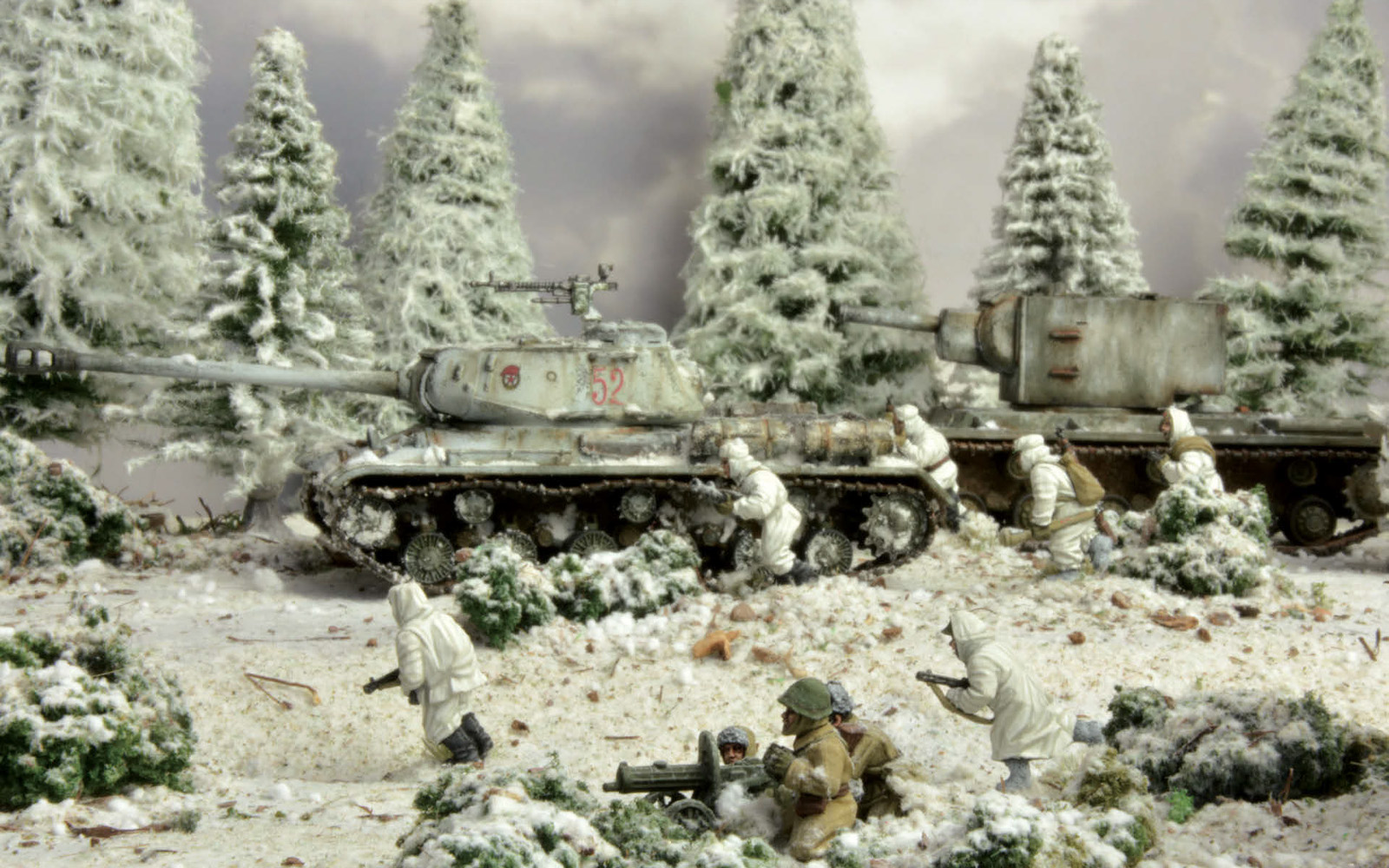
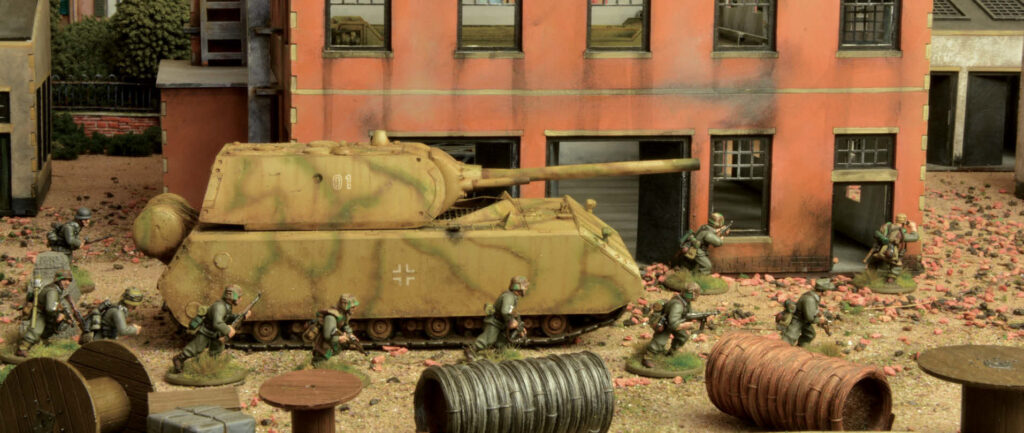
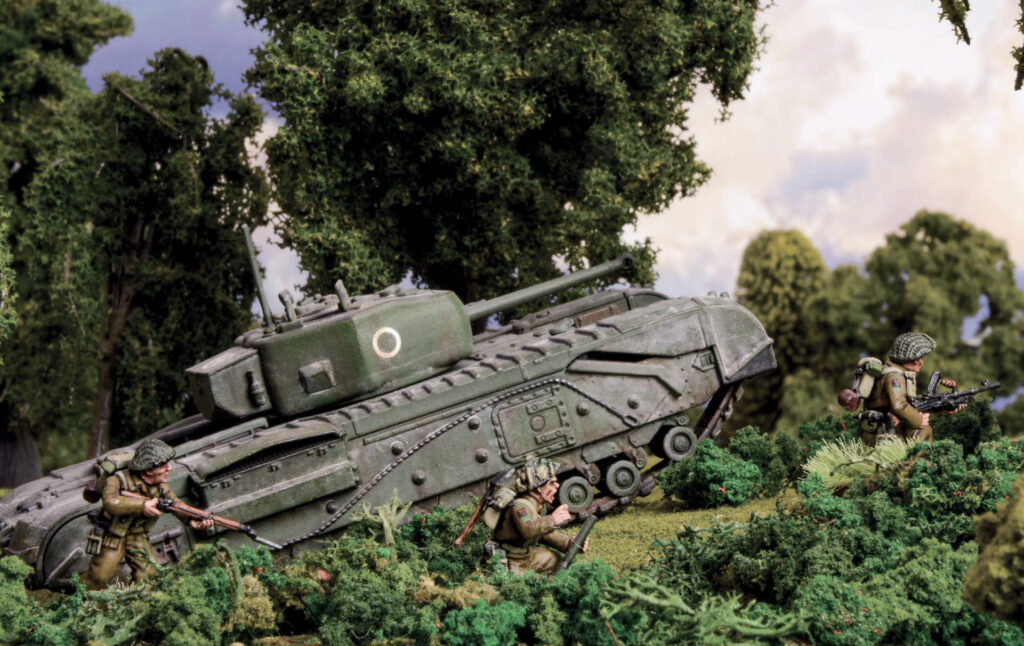
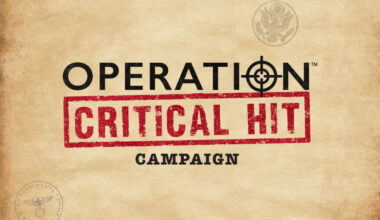
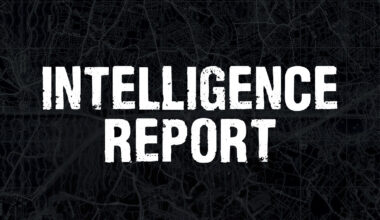
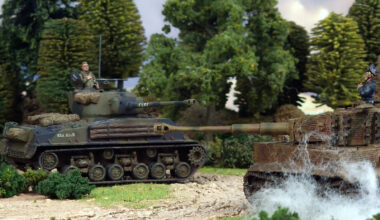
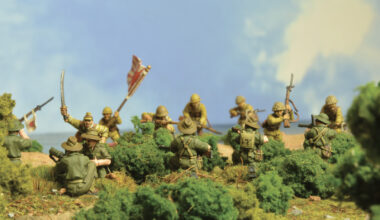
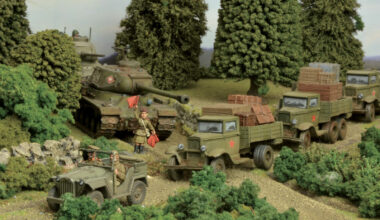
3 comments
so are saying, lets put a big heavy tank out there like in 40K and win over what ever else is playing. I liked the idea of not having to play against a super heavy dreadnought, every time I went to a tournament. No use playing with paratroopers unless you might get luck with that one flamethrower.
I’ll admit the current edition favours lighter multiple weapon early war tanks (A9 Cruiser, M3 Stuart, Pz II), but like many collectors I love big showpiece tanks (I don’t even have a late war German army, but still have a King Tiger), and I’m very fond of bringing a Churchill AVRE for late war Brits (the heavy howitzer and heavy armour combo is lethal). Hopefully the ever rumoured third edition may manage some desired balancing.
It’s one of the places where I’m super happy the group that taught me how to play is primarily based around the iconic mediums. On one hand, it’s sometimes disheartening not being able to swing a dice bag without setting at least three Shermans on fire [delicate little tinderboxes that they are!], but on the other we get to see the most famous tanks on the regular, not just machine-gun-and-turret-spam tournament favorites.
Of particular joy is what I cheekily refer to as ‘heavy metal’ nights…games where there’s a gentleman’s agreement for a minimum spend on a single tank. Nothing gets the dustbins and 88s flying quite as quick as “It’s a 1250pt game, but you have to have a tank that costs at least 350” and similar!
Comments are closed.